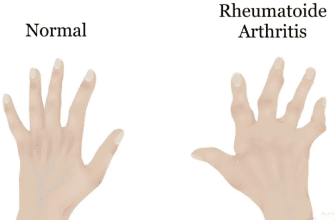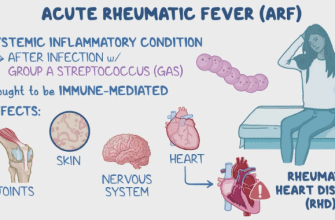What Is Amblyopia?
Amblyopia is a vision development disorder where one eye fails to achieve normal visual acuity, even with glasses or contacts. The brain “favors” the stronger eye, causing the weaker eye to become “lazy.”
Key Facts (American Academy of Ophthalmology [AAO]):
✔ Affects 2-3% of children (most common pediatric vision issue).
✔ Must be treated early (best before age 7, harder to correct after 10).
✔ Not always obvious—kids may not complain of vision problems.
Types of Amblyopia (AAO & NIH)
- Strabismic Amblyopia – Caused by misaligned eyes (e.g., crossed eyes).
- Refractive Amblyopia – Due to unequal vision (e.g., one eye far more nearsighted).
- Deprivation Amblyopia – Rare; caused by blocked vision (e.g., cataract).
Symptoms (Mayo Clinic)
✔ Poor depth perception (difficulty catching balls, judging distances).
✔ Squinting or shutting one eye.
✔ Head tilting to favor the stronger eye.
✔ Frequent clumsiness (bumping into objects).
✔ Failing school vision screenings.
Often No Symptoms – Many kids adapt unconsciously, making screenings critical.
Diagnosis (American Association for Pediatric Ophthalmology [AAPOS])
- Comprehensive Pediatric Eye Exam (by age 3).
- Visual Acuity Test (checking each eye separately).
- Retinal Exam (ruling out physical obstructions like cataracts).
Treatment (AAO & FDA)
- Correct Underlying Cause First:
- Glasses/contacts for refractive errors.
- Surgery for cataracts or severe strabismus.
- Strengthen the Weak Eye:
- Patching: Covering the stronger eye 2–6 hours/day.
- Atropine Drops: Blurs the strong eye to force use of the weak one.
- Vision Therapy: Eye exercises (for older kids/adults).
Early Treatment = Better Results!
- Before age 7: 80-90% success rate.
- Teens/adults: Improvement possible but slower.
Prevention (CDC & AAO)
Screen vision by age 3 (even without symptoms).
Treat refractive errors early (nearsightedness/farsightedness).
Monitor for eye misalignment (crossing/wandering eyes).
Red Flags: When to See a Doctor (AAPOS)
Seek Immediate Evaluation If:
- Child fails a vision screening.
- Eyes appear misaligned (crossing/wandering).
- No depth perception (e.g., struggles to catch objects).
- Develops a “head tilt” habit.
Don’t Wait! Delayed treatment risks permanent vision loss in the weak eye.







